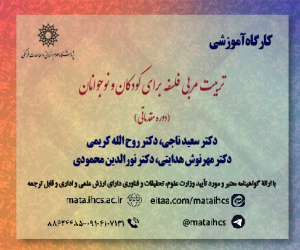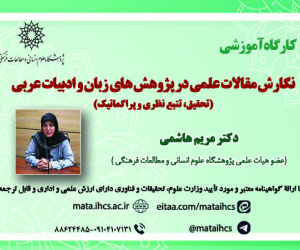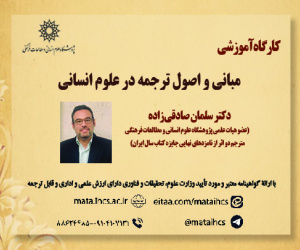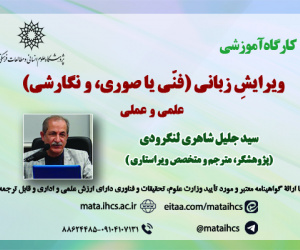تبیین بنیان های اندیشه گرایش به ملیت در معماری دوران پهلوی دوم با تکیه بر نظریه تغییر گفتمان هنری (مقاله علمی وزارت علوم)
درجه علمی: نشریه علمی (وزارت علوم)
آرشیو
چکیده
بررسی چگونگی پدید آمدن گفتمان ها در حوزه ی معماری و تأثیر آن در کیفیت زیست توده مردم بسیار حائز اهمیت است. ضرورت این پژوهش در باب فهم تأثیراتی است که تغییرات اجتماعی بر روند شکل گیری یک معماری با گفتمان جدید می تواند ایجاد کند. این تحقیق به توصیف منظم وضعیت معماری دوران پهلوی دوم و تأثیرات تغییر در بنیان های فکری جامعه بر آن می پردازد. هدف از این پژوهش بررسی شرایط تغییر گفتمان هنری در شکل گیری نوعی گرایش به ملیت از منظر معماری در ایران در دوران پهلوی دوم است. چهارچوب نظری این پژوهش مبتنی بر سه اصل (شرایط محیطی، بافت ها یا زمینه های نهادی و زنجیره های کنش) روبرت وسنو در ایجاد گفتمان هنری جدید و تطبیق آن با دوره موردنظر پژوهش است. در گام بعدی، سه عامل تولید، گزینش و نهادینه شدن به عنوان عوامل تثبیت یک گفتمان جدید، مورد آزمون قرار می گیرد. شیوه تحقیق در این نگارش براساس روش تفسیری تاریخی بوده و ابزار تحقیق اسناد و مجلات تخصصی دوران پهلوی دوم بوده است. نتایج نشان می دهد تغییر گفتمان هنری در دوران متأخر پهلوی دوم قابل تطبیق با سه اصل تغییرات اجتماعی وسنو در بطن جامعه استExplaining the Foundations of Nationalism in Second Pahlavi Period Architecture; based on the Theory of Changing Artistic Discourse
It is crucial to examine how discourses emerge in the field of architecture and its impact on the quality of people's coexistence or common life. The present study is necessary to understand the impacts of social changes on the process of forming architecture with a new discourse. This study provides a systematic description of the architectural situation of the second Pahlavi period and the impacts of changes in the intellectual foundations of the society on it. The present study examines the changing conditions of artistic discourse in the formation of nationalism in Iran and its impact on the architecture of the second Pahlavi period. The theoretical framework of this study is based on three principles (environmental conditions, institutional contexts, and chains of action) of Robert Wuthnow in creating a new artistic discourse and applying it in the study period. In the next step, it tests three factors of production, selection, and institutionalization as factors of stabilization of a new discourse. The method of the study is based on interpretive-historical method and the written documents in the second Pahlavi period. The results show that the changes in artistic discourse and the tendency toward nationalism in the late Pahlavi II period are comparable with the Wuthnow three principles of social changes in the heart of the society



